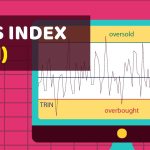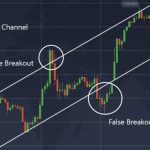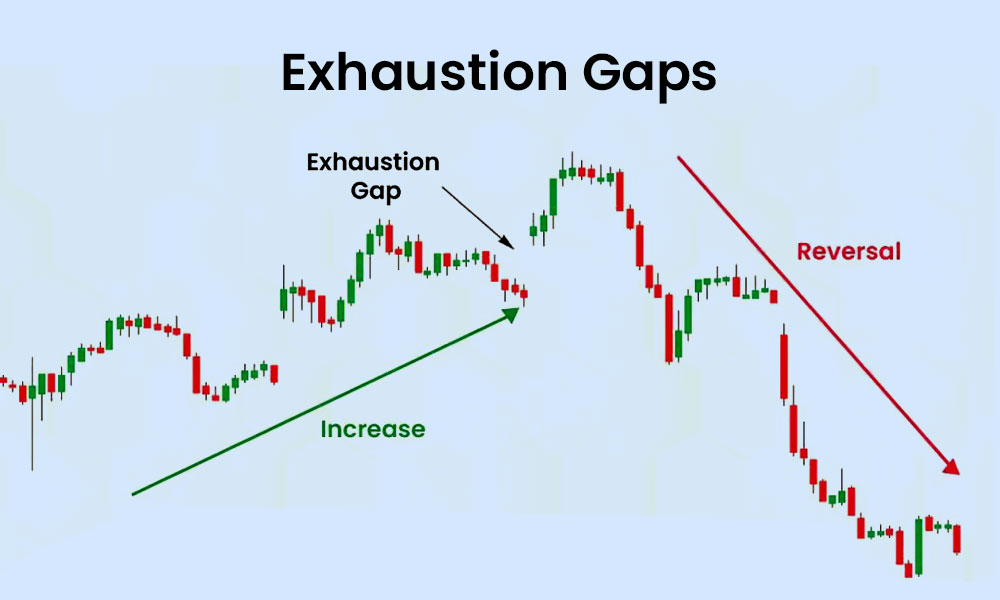
By ATGL
Updated December 23, 2024
The double bottom pattern is one of the strongest reversal patterns in technical analysis, often used to identify a reversal in market conditions from a downward trend to a bullish trend.
This article explores how the double bottom is formed, its characteristics, and how you can use it to set entry points, define a minimum price target, and use conservative strategies to minimize risk.
Characteristics of the Double Bottom Chart Pattern
The double bottom is a common pattern that provides you with valuable insights into potential reversal in market conditions. Its structure and the surrounding technical context make it a reliable tool for identifying changes in price direction.
Shape and Structure
The double bottom is a technical pattern characterized by a “W” shape, where the price forms two significant lows, or a twice-touched low, separated by a peak. The pattern forms as follows:
- First Trough: The price declines to a strong support level and rebounds, marking the first twice-touched low.
- Peak: The price rises to a resistance level but fails to break above it, forming a peak between the two lows.
- Second Trough: The price drops again, reaching a similar level as the first trough, confirming the strong support level.
- Breakout: The pattern is validated when the price breaks above the peak resistance, often accompanied by a surge in volume indicators, signaling a bullish trend.
Volume Analysis
Volume indicators play an important role in confirming the double bottom. During the second trough, reduced volume indicates waning selling pressure. A significant increase in volume during the breakout phase suggests strong buying interest, validating the technical pattern and supporting the case for a bullish price movement.
Identifying the Double Bottom Pattern
To effectively use the double bottom in your trading strategy, recognize its defining elements and align them with the broader market fundamentals. Additionally, adopting strategies like swing trading can help you capitalize on short- to medium-term price movements for greater efficiency.
Key Indicators to Look For
- Strong Support Level: The two troughs should align near the same price level, emphasizing the presence of a strong support level.
- Resistance Level: The peak between the troughs forms a critical resistance line that the price must break for confirmation.
- Volume Confirmation: Increased trading volume during the breakout phase adds credibility to the pattern and signals the start of a bullish trend.
Ideal Price Levels for Entry
The ideal entry point for a double bottom pattern is just above the breakout level, where the price surpasses the resistance formed by the peak between the two troughs. This confirms the breakout’s legitimacy and lowers the likelihood of entering prematurely.
For conservative strategies, wait for additional confirmation, such as rising volume indicators or alignment with market fundamentals, before entering. For example, if the peak resistance is $50, setting a buy order at $51 provides a safety margin.
Short-term traders may act earlier, using tight stop-loss orders, while long-term traders should prioritize confirmed breakouts on a daily chart for more reliable signals. Always adjust your stop-loss to manage risk effectively, placing it below the second trough or breakout level.
Market Conditions Affecting the Double Bottom Pattern
The success of the double bottom depends on its technical structure and external factors such as market fundamentals and sentiment. Incorporating strategies like ETF sector rotation can help you align your trades with outperforming sectors.
Bullish Market Indicators
The double bottom pattern is most reliable when supported by clear bullish market indicators that signal a potential trend reversal. One key indicator is rising trading volume during the breakout phase, as it reflects strong buying interest and market participation, increasing the likelihood of sustained upward momentum.
Moving averages also play a critical role. A short-term moving average sloping upward or crossing above a longer-term moving average signals a transition from a downward trend to a bullish trend. Additionally, momentum indicators like the Relative Strength Index (RSI) above 50 further confirm growing buying pressure.
Lastly, strong sector or industry performance often bolsters a double bottom. Positive news, earnings growth, or improving economic conditions provide a fundamental backdrop that aligns with the technical breakout, reinforcing the pattern’s reliability.
Influence of Market Sentiment
Positive market sentiment, such as strong economic data or sector strength, increases the reliability of the double bottom pattern and supports a sustained bullish trend. Rising buying pressure during the breakout further confirms the pattern.
Negative sentiment or volatility, however, raises the risk of false breakouts. Weak earnings or bearish trends can delay upward momentum. Pairing technical analysis with sentiment insights helps align your strategies with prevailing market conditions.
How To Trade the Double Bottom Pattern
Entry Strategies
The optimal entry point is slightly above the breakout level, where the price surpasses the resistance line formed by the peak. This validates that the breakout is genuine and reduces the risk of premature entry. Traders employing a contrarian strategy might consider entering earlier, but this approach carries greater risk.
Setting Profit Targets
Establishing clear profit targets is important for effective trading with the double bottom pattern. One common method involves measuring the vertical distance between the lowest trough and the resistance level at the peak. Adding this distance to the breakout point provides a conservative estimate of where the price may move. For instance, if the trough is $40 and the resistance is $50, the profit target would be $60.
In addition to this method, you can refine your targets using tools like Fibonacci retracement levels, which help identify potential resistance zones where the price might stall. For example, a 161.8% extension of the pattern’s range can serve as a secondary target for those seeking to maximize gains.
Implementing Stop-Loss Orders
Dynamic approaches, such as trailing stop-loss orders, allow you to lock in profits as the price continues to rise. By combining these techniques, you can set realistic and flexible profit targets that adapt to changing market conditions while optimizing your trading outcomes.
Setting a stop-loss is essential to managing potential losses. Place your stop-loss order just below the second trough or slightly below the breakout level, depending on your risk tolerance. This approach is particularly important for those following conservative strategies.
Comparing Double Top and Double Bottom Chart Patterns
While the double bottom signals a bullish trend, its counterpart, the double top, indicates a bearish trend. Both are technical trading patterns used to predict trend reversals, but they appear in opposite market conditions.
Unlock Your Stock Market Trading Potential
At Above the Green Line, we provide expert resources on topics ranging from dividend growth to technical chart patterns, helping you refine your trading strategy and handle the markets with confidence. Join us today by exploring our membership options and finding your potential in the financial market.
FAQs About Double Bottom Stock Chart Patterns
How Accurate Is the Double Bottom Pattern?
The double bottom is one of the strongest reversal patterns when confirmed by volume, alignment with market fundamentals, and other technical indicators. However, as with all analysis tools, it is not infallible, and complementary strategies should be used.
What Is the Buy Point of a Double Bottom?
The buy point is just above the breakout level, where the price exceeds the resistance formed by the peak. Waiting for this confirmation reduces the risk of entering prematurely.
Is the Double Bottom Pattern Bullish?
Yes, the double bottom is a bullish reversal pattern that indicates the end of a downward trend and the start of a bullish trend.






